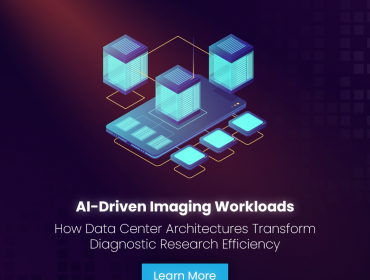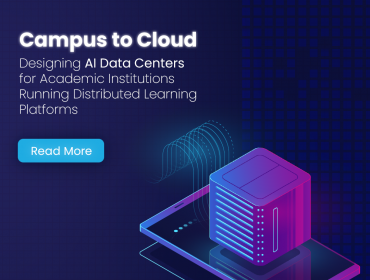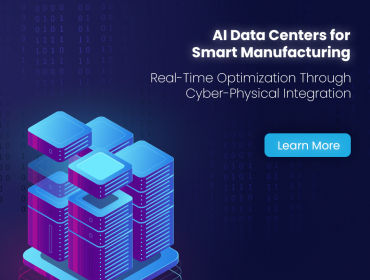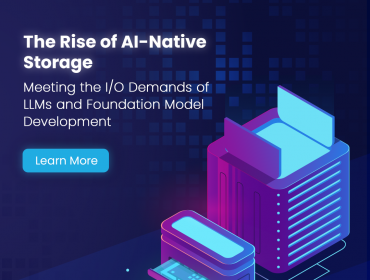Introducing big data into corporate training has been accelerating at unprecedented speeds. Right now, the applications are more centered around a few distinct areas such as compensation, recruiting and performance management. Nevertheless, not much has changed in terms of big data being within the learning and development field.
Why Has Big Data Failed to Impact Corporate Training?
Big data has not had an impact on corporate training because most of us do not have much data. With corporate training, there’s a big split into three main categories:
- On-the-Job Training
- Online Training
- Classroom-based Training
With on-the-job training and classroom-based training, the majority of it takes place on an offline basis, so it does not gather a lot of information. On the other hand, we have online learning that should generate thousands of valuable data points that the company can use. In a perfect world, that is how it would happen. Unfortunately, the problem with current generation SCORM courses is that they have a strong inability to generate meaningful learning data. To put it more bluntly, there are only three data points offered to the learned. Those three points include:
- How Long Did the Learner Spend on the Course?
- Has the Course Been Completed?
- How Many Questions Did the Learner Get Correct on the Final Test?
When you look at the vast range of valuable data that modern adaptive learning systems have been able to capture, which is thousands of pieces of data in a single learning session, what is captured through SCORM courses is laughable. Despite these disheartening figures, companies have started to change, and adaptive learning could increase the amount of big data that we have access to, and that accessibility could have a huge positive impact on how our staff members learn through training methods. The key of keeping this big data, however, is that you have to be able to do something with it.
How Could Big Data Influence the Learning Environment of Enterprises?
After semantic courses and adaptive learning introduce big data to the learning management environment, we could see trends that will make bigger contributions to making training a more transparent process. It will also be more data-driven than ever before, which will drastically improve the user’s experience. Everyone will benefit, including the managers, the authors and the learners.
Bringing Insights to Authors
One of the most useful things that learning data points could do for corporate training is it could capture the individual exercises and dynamically analyze the information so that it can be turned into analytics and visualizations for the administrators, authors and managers. In addition, big data could also help the learners to learn faster.
What Will Learners Get from Big Data?
The biggest difference is how they will continue to receive valuable feedback that keeps the learning process moving. Whenever you are learning something, one of the most important aspects is to receive this feedback loop and even shorten it so that you are learning much faster. In addition, the next generation of products could have the ability to track their own process. For example, they might be able to compare their results to other products, and review the areas of their strengths and weaknesses. It’s becoming an interesting time to be alive with all the interesting technology.
Better Courses
Because course authors will receive ongoing anonymous feedback, they will learn individual exercises that will improve the overall course. In addition, it will give authors the ability to gain insight into how learners are using their courses. For example, there will be access to information about how the learners of the course are spending their time, and it will review the mistakes and misconceptions that are an obstacle to learning. Once this has been figured out, authors can redesign and improve their courses through changes that will help make corporate training better.
What Managers and Authors Want
While authors want to know what to do to make their courses better, managers are trying to understand the strengths and weaknesses of their staff members. In this way, they can figure out how to make their staff members better. These analytical tools help answer questions about what new skills are needed within the workplace.
E-Learning could have a dramatic positive impact on both the effectiveness and the efficiency of the training methods of businesses. With better tools at the disposal of enterprises, cooperating training will improve, and it could change the way that things are currently done. Second, the ROI will create more effective employees in the workplace, and it will help senior management to understand in detail how learning takes place across their company. What this all could lead to is a higher ROI and an upward trend of increasing corporate investment into online learning.











